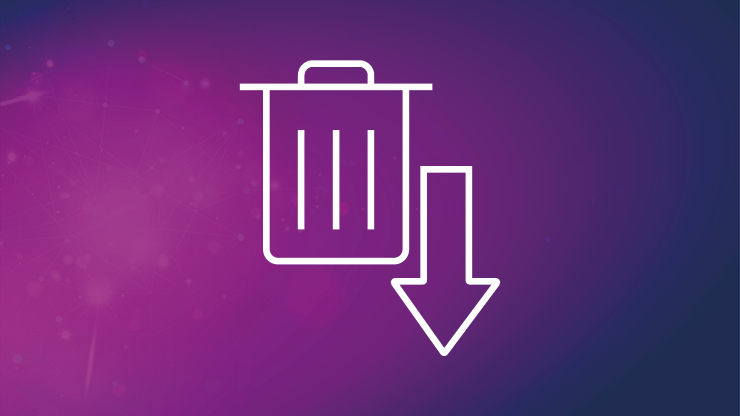Please note, not all products, services or features of products and services may be available in your local area. Please check with your local BD representative.
References
1. Pan American Health Organization. Safe Handling of Hazardous Chemotherapy Drugs in Limited-Resource Settings. Washington, DC: PAHO, 2013. 1. Hazardous Substances. 2. Drug
Therapy. 3. Hazardous Waste. 4. Substances, Products and Materials Transportation. I. Title. ISBN 978-92-75-11801-6
2. Murphy D, Ryan B, O’Donovan M, et al. PS-030 Impact of electronic prescribing on the quality and safety of chemotherapy prescribing in oncology and haematology. European
Journal of Hospital Pharmacy 2017;24:A240.
3. Mattsson TO, Holm B, Michelsen H, Knudsen JL, Brixen K, Herrstedt J. Non-intercepted dose errors in prescribing anti-neoplastic treatment: a prospective, comparative cohort study. Ann
Oncol. 2015 May;26(5):981-986. doi: 10.1093/annonc/mdv032. Epub 2015 Jan 28. PMID: 25632069.
4. Terkola R, Czejka M, Bérubé J. Evaluation of real-time data obtained from gravimetric preparation of antineoplastic agents shows medication errors with possible critical therapeutic
impact: Results of a large-scale, multicentre, multinational, retrospective study. J Clin Pharm Ther. 2017 Aug;42(4):446-453. doi: 10.1111/jcpt.12529. Epub 2017 Apr 21. PMID:
28429389.
5. Al Khawaldeh TA, Wazaify M. Intravenous cancer chemotherapy administration errors: An observational study at referral hospital in Jordan. Eur J Cancer Care (Engl). 2018
Jul;27(4):e12863. doi: 10.1111/ecc.12863. Epub 2018 Jun 6. PMID: 29873424.
6. Ranchon, F 28 January 2012 Predictors of prescription errors involving anticancer chemotherapy agents Publication: European Journal of Cancer (2012) 48, 1192– 1199 Avoiding
chemotherapy prescribing errors: Analysis and innovative strategies
7. Heike Reinhardt PhD, Petra Otte, Alison G. Eggleton MEd, MSc, Markus Ruch PhD, Stefan Wöhrl, Stefanie Ajayi, Justus Duyster MD, PhD, Manfred Jung PhD, Martin J. Hug PhD, Monika
Engelhardt MD, PhD First published: 29 January 2019
8. Frequency of Chemotherapy Medication Errors: A Systematic Review Ramkumar Ashokkumar, Sureshkumar Srinivasamurthy1 , Janet J. Kelly2 , Scott C. Howard3 , Subramani
Parasuraman4 , Chakradhara Rao S. Uppugunduri5 Department of Finance, Hospital Corporation of America, Foster City, California, 2 Public Health Research and Surveillance,
Independent Epidemiology Contractor, Kaneohe, Hawaii, 3 Department of Acute and Critical Care, College of Nursing, University of Tennessee Health Science Center, Memphis,
Tennessee, United States of America, 1 Department of Pharmacology, Ras Al Khaimah College of Medical Sciences, Ras Al Khaimah Medical and Health Sciences University, United
Arab Emirates, 4 Department of Pharmacology, Faculty of Pharmacy, AIMST University, 08100 Bedong, Kedah, Malaysia, 5 Department of Pediatrics, CANSEARCH Research
Laboratory, University Hospitals of Geneva, University of Geneva, Geneva, Switzerland
9. Weingart SN, Zhang L, Sweeney M, Hassett M. Chemotherapy medication errors. Lancet Oncol. 2018 Apr;19(4): e191-e199. doi: 10.1016/S1470-2045(18)30094-9. PMID: 29611527.
10. Gilbert, RE et al. Date: April 2018 Title: Intravenous Chemotherapy Compounding Errors in a Follow-Up Pan-Canadian Observational Study Publication: American society of Clinical
Oncology
11. Reece KM, Lozano MA, Roux R, Spivey SM. Implementation and evaluation of a gravimetric i.v. workflow software system in an oncology ambulatory care pharmacy. Am J Health Syst
Pharm. 2016 Feb 1;73(3):165-73. doi: 10.2146/ajhp150169. PMID: 26796911.
12. Ashley, L Date: 2011 Title: Improving the Safety of Chemotherapy Administration: An Oncology Nurse-Led Failure Mode and Effects Analysis Publication: Vol. 38, No. 6, November
2011 Oncology Nursing Forum
2021 BD. BD, the BD Logo, Cato and all other trademarks are property of Becton, Dickinson and Company. All trademarks are property of their respective owners. BD-40202 Issue 1
















